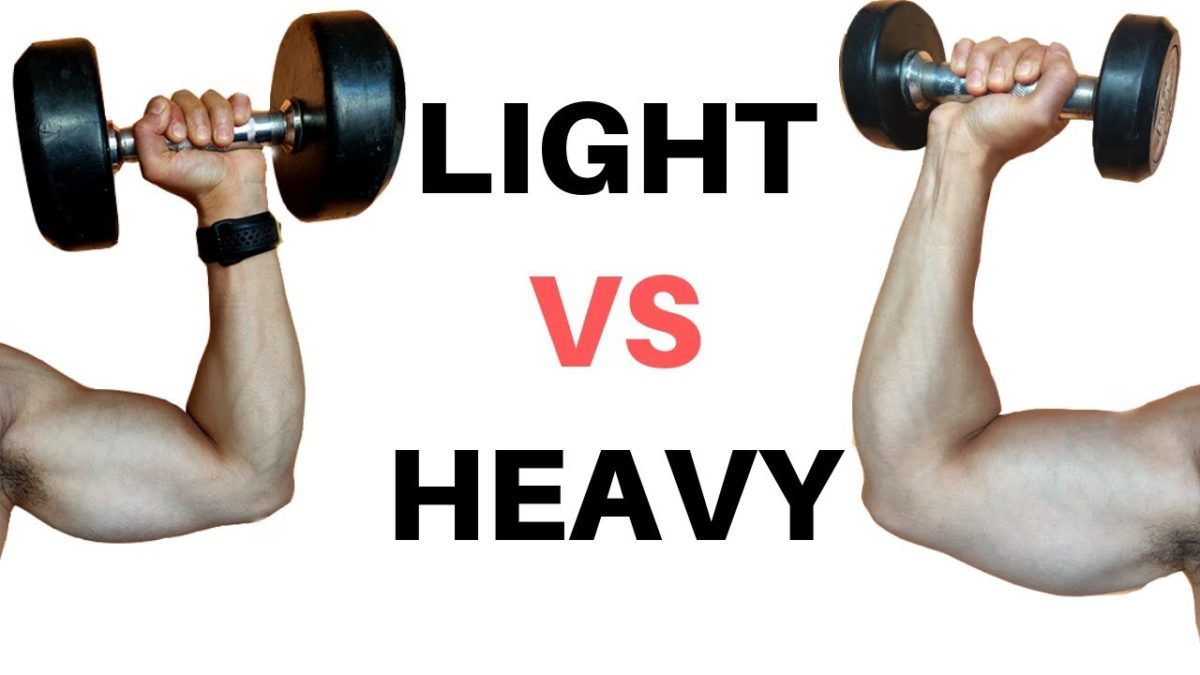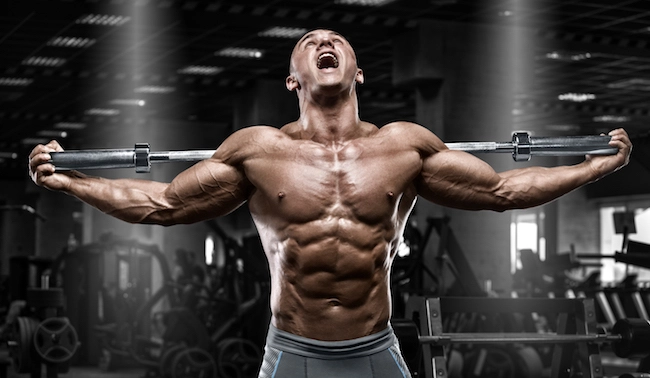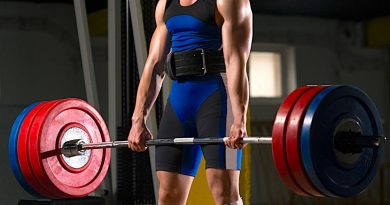Is Intense Lifting the Best Way to Build Muscle?
It’s no secret that hard work pays off. If you want to make muscle gains, you need to lift hard and heavy—but how heavy? Can you lift so heavy that it actually hinders your muscle growth? These are the kind of questions that can keep people up at night, but we’re here to help you answer them with the ultimate guide to intense lifting. Keep reading to learn more about how intense lifting works, what benefits it has and whether or not it’s safe to use as part of your muscle-building regimen.
How I got started with working out
My younger years were spent playing sports and going to the gym regularly. My weight increased as I aged, and I didn’t like how I looked. I stopped being active as I got older. five days a week, I go to the gym to lift weights. That was about a year ago when I decided to start working out again. I felt better than ever after the treatment, and the results were immediate. However, after some time, I noticed that I had less energy than before. I found it more difficult to complete my workouts because of my lack of energy. I also noticed that when I entered bodybuilding competitions, my opponents seemed to be more ripped and muscular than me despite the fact that they did not work out as often or lift as much weight. It took me a long time to realize that intense lifting isn’t the only way to get stronger. There are lots of ways to get stronger without spending too much time in the gym. It’s just a matter of being creative!
What is intense lifting?

When most people think of lifting, they think of going to the gym and working out with weights. But intense lifting is a bit different. This type of lifting is all about using heavier weights and doing fewer repetitions. The goal is to put your muscles under a lot of stress so that they have to adapt and grow. In order to do this, you should lift heavy weights for just one or two sets and then go on to something else. If you’re able to do more than two sets with this strategy, then you’re probably not lifting heavy enough weight. It’s important to know how much weight you can handle in order to prevent injuries. Keep in mind that it will take some time before you start seeing results from intense lifting. While it might seem like it would be faster because there are less reps, it actually takes more time because each set needs to be much heavier than other types of training routines. You’ll also need to give yourself time off from the workouts after six weeks so that your body can recover from all the strain.
The pros and cons of heavy weight training

Heavy weight training certainly has its benefits. It can help you build muscle quickly and effectively. However, there are also some drawbacks to this type of lifting. It can be hard on your joints, and if you don’t lift correctly, you could injure yourself. Plus, it’s not always the most sustainable type of lifting, as you can burn out quickly if you’re not careful. While heavy weight training is an effective way to build muscle, it’s important to understand that there are other types of lifts that might work better for you! Weightlifting, bodybuilding, powerlifting – all of these have their own pros and cons. The best thing to do is talk with a coach or trainer before starting any new exercise routine to figure out what will work best for you. There are plenty of exercises out there, so make sure you find one that fits your lifestyle. You’ll thank yourself later when you’re building muscle while still being able to enjoy life without injuries or burning out.
When should you use heavy weights vs. lighter ones

Heavier weights are typically used for low-rep sets with the goal of building strength, while lighter weights are used for higher-rep sets with the goal of building endurance. However, there is no definitive answer as to which is better for building muscle. It depends on your individual goals and preferences. If you’re trying to build strength, then lifting heavy weights is probably your best bet. If you’re trying to build endurance, then lifting lighter weights might be a better option. Ultimately, it’s up to you to experiment and see what works best for you. Try using both styles of lifting, or alternating between the two. Consider using different types of exercises: compound exercises that use multiple muscles in a single movement (e.g., squats) vs. isolation exercises that work only one muscle at a time (e.g., bicep curls).
What are your experiences with weightlifting?

I started weightlifting when I was 18 years old. I was skinny and weak, and I wanted to change that. I began by lifting weights at a local gym. I was quickly hooked. The feeling of becoming stronger and seeing my body change was addicting. I have been a weightlifter for over 10 years now, and I am still addicted.
I always get asked if intense lifting is the best way to build muscle. It really depends on your goals.
Some people want to bulk up or gain muscle mass while others want to slim down or just maintain their current physique. Others are focused on general fitness rather than gaining any muscle mass at all – though not many people know this option exists! Whatever your goal is, there is an appropriate workout routine for you! For example, the bodybuilding program focuses on building muscle mass and getting toned, whereas cardio focuses more on endurance and calorie burn. There are plenty of programs out there to choose from depending on what your goal is.
Where can I find more information about starting an intense workout routine?

Before you start any new workout routine, it’s always a good idea to check with your doctor first. Once you have the all-clear, there are a few things you should keep in mind when lifting weights. First, focus on compound exercises that work multiple muscle groups at once. Second, make sure you’re using proper form to avoid injury. Third, don’t be afraid to add weight gradually as you get stronger. And fourth, give yourself time to rest between sets. If you can stick to these guidelines, you’ll be well on your way to building muscle mass. You might also want to consider using a post-workout supplement like an amino acid shake for added protein. These shakes provide the protein needed for your muscles to repair themselves after a hard workout. Consuming 10 grams of protein 30 minutes before and after each intense workout session – but not during or immediately before exercise because this will divert blood flow away from exercising muscles and may lead to muscle cramps or reduced performance during exercise.




